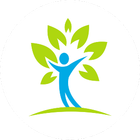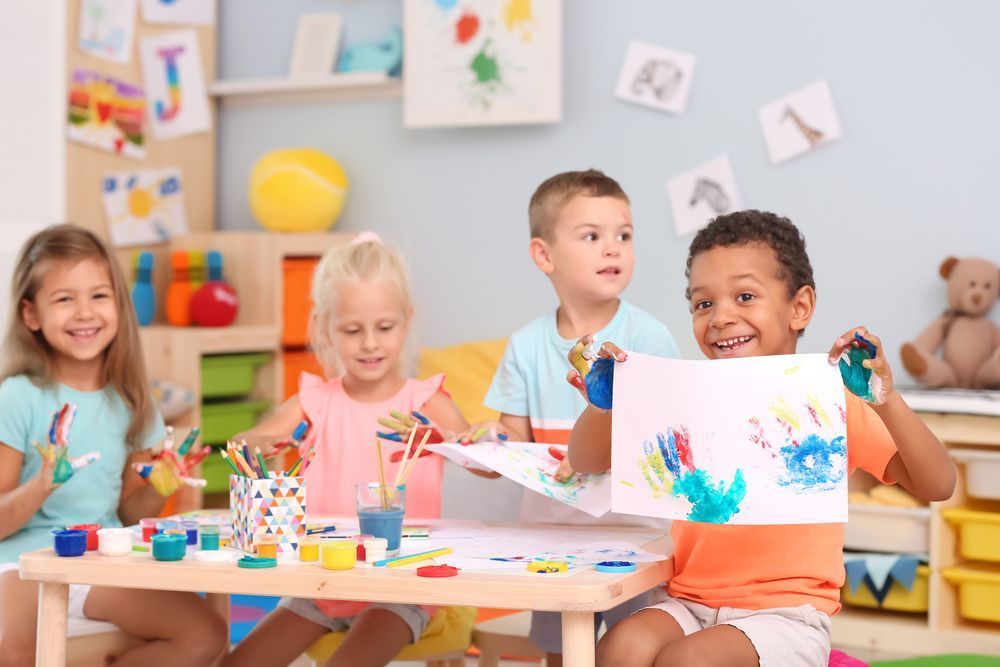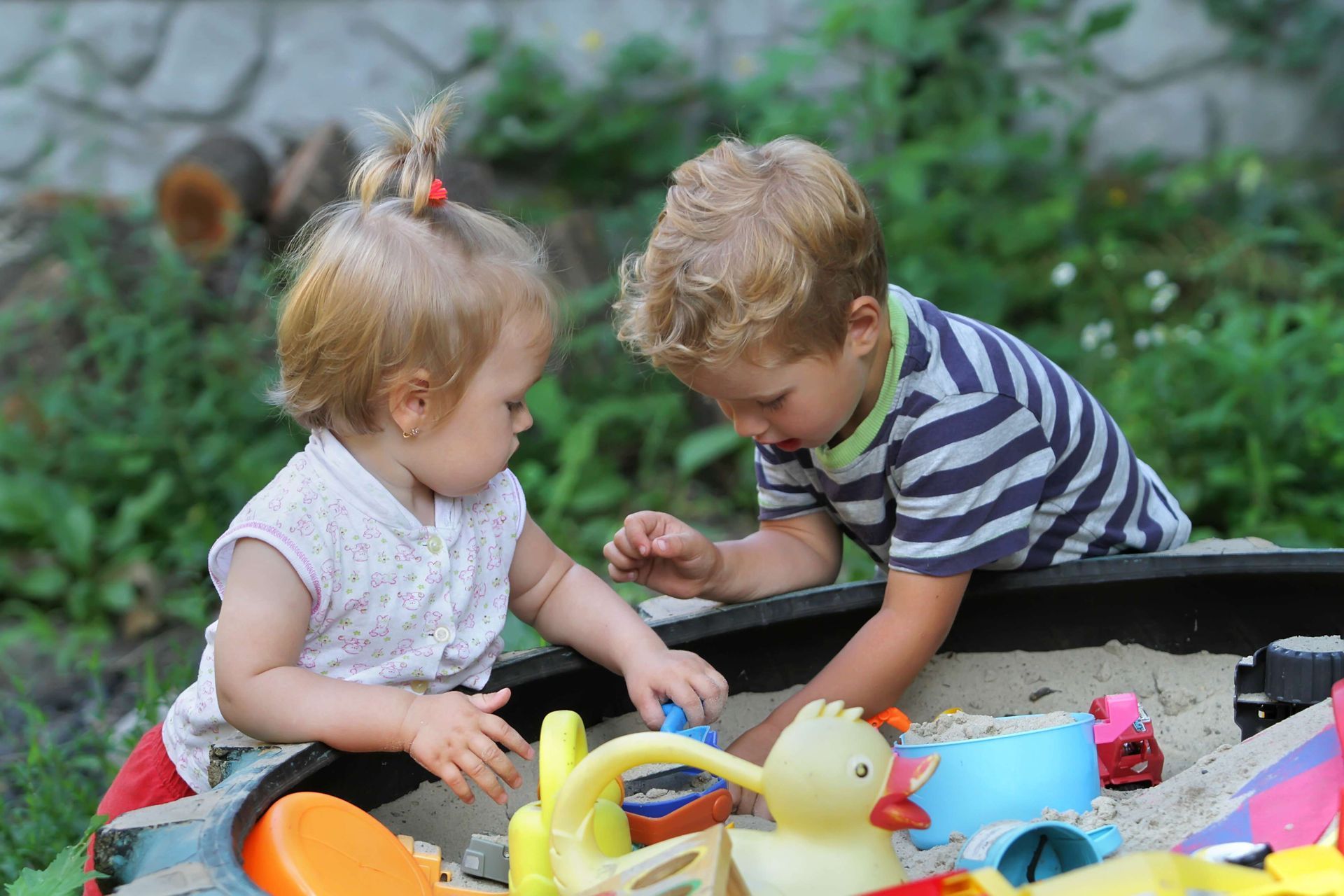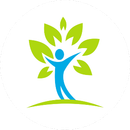SERVICES
2/33 DAVA DRIVE, MORNINGTON VIC 3931 • PH: 0477 980 699
ASSESSMENTS AND REPORTS
Occupational therapy assessments are used to identify your child’s strengths, challenges, inform therapy needs, develop personalised goals, intervention plans and measure progress towards goals
Reports are comprehensive and written in a clear, informative and assessable style that provides valuable information for parents, health care professionals and teachers.
Reports may also be used to support applications for services and funding.
A range of occupational therapy assessments and associated reports are available:
- Formal assessments are also available and include
- Assessments for autism diagnosis
- Sensory assessments
- Social skills
- Adaptive behaviours
- Motor proficiency
- Handwriting
- Visual motor
- NDIS funding application and review
- Kindergarten/School:
- Analysing the strengths, needs and educational adjustments for individual children to enable the school to complete the Disability Inclusion Profile
- Developing Individual Education Plans
- Providing professional input in a Disability Inclusion Profile meeting
- Functional impact observations including:
- In the classroom including planning, organisation, time management, attention and problem solving and transitions (between tasks) and learning interactions with teachers and peers
- At recess or lunch time including social and play interactions with peers
- Self-care independence in the kindergarten or school context
- Physical barriers or challenges which impact participation
- Cognitive function including planning, organisation, time management, attention and problem solving
- Emotional regulation and the strategies used by the child
- Motor skills as they relate to play, participation in activities, safety and hand writing
THERAPY SESSIONS
Occupational therapy sessions may be conducted at the clinic or onsite at your child’ kindergarten or school. Sessions are designed to work towards your child’s goals such as:
Sensory processing:
- Body awareness
- Modulating the body
- Processing the information from inside the body and the external environment
Self-care skills – supporting your child to engage in their everyday routines such as:
- Toileting
- Brushing teeth
- Bathing
- Dressing
- Brushing hair
- Eating
Fine motor skills such as:
- Handwriting, drawing and cutting skills
- Shoelaces
- Zips and buttons
Gross motor skills such as:
- Running, skipping and hopping
- Balance and coordination
- Ball skills
- Climbing and playing on play equipment
Cognitive skills are thinking skills that help your child to complete everyday activities. Cognitive skills work together so your child can take in information and learn. Examples of cognitive skills include:
- Memory
- Attention and focus
- Organisation and planning
- Everyday problem solving
- Decision making
Visual information including:
- Focusing attention
- Filtering out irrelevant information
- Scanning
Emotional regulation and behaviour:
- Identifying emotions in self and others
- Self-monitoring skills
- Self-regulation and strategies to keep or return to calm
- Overcoming adversity
Play and leisure – supporting your child to participate in meaningful and enjoyable play and leisure activities such as:
- Extending their play towards a greater range of interests
- Imaginative play
- Collaborative play with other children
- Exploring leisure and sporting activities.
Communication skills and confidence:
- Appropriate communication
- Asking for help
- Asking to play with a peer or with a group
Social skills – developing skills to assist your child with successfully engaging with others and include:
- Whole-body listening
- Following the group plan
- Sharing and turn taking
- Flexible and stuck thinking
- Solving problems
- Hidden rules
HOME SUPPORT
A range of supports are available to assist families with continuing the benefits of occupational therapy sessions when at home. Support may include:
- Developing home based therapy programs
- Creating personalised resources such as visual supports or social stories.
- Developing a sensory diet to help you child regulate their sensory needs.
- Providing ongoing support and guidance to ensure your child continues to make meaningful progress at home, school and in other community settings
AUTISM SPECTRUM DISORDER
Autism Spectrum Disorder - Information for families
Autism Spectrum Disorder (ASD) is a neurodevelopmental condition characterised by impairments in social communication, as well as restricted or repetitive patterns of behaviour, interests and activities. There are also often difficulties in processing sensory information. These complex and unique behaviours can vary in how they appear but are representative of the particular diagnostic criteria.
Does my child need an assessment?
The following signs could be indicators of ASD which may impact your child’s behaviour and development. No single indicator typically signals ASD, instead a child could present with a number of the following indicators.
Communication:
- Lack of early gestures such as waving and pointing
- Lack of response to own name / selective hearing (e.g. responding to environmental sounds but often ignoring speech)
- Regression in speech and language (e.g. loss of previously used words)
- Speech absent at 18 months and no use of phrases by 24 months
- Unusual language patterns (e.g. repetitive speech or jargon)
- Lack of reciprocal communication
Behaviour:
- Unusual patterns of behaviours (e.g. flapping hands, spinning, toe walking)
- Unusual interests
- Unexplained tantrums
- Significant difficulties coping with change
- Ritualised patterns of behaviour
Social / Play:
- Decreased eye contact
- Lack of reciprocal smile
- Lack of interest in others / sharing interest with others
- Often seeming to be in their ‘own world’ or aloof
- Preference to playing alone / limited social play
- Unusual patterns of behaviour in play (e.g. lining objects, categorising)
- Play is limited to certain toys
- Lack of imaginary play
Sensory:
- Over or under reaction to sounds (e.g. afraid of everyday sounds / not responding to own name)
- Preoccupation with moving or spinning objects
- Aversion of certain textures or exploring environment through touch
- Over / under reaction to pain
- Use of peripheral vision to look at objects
- Mouthing objects or clothing
Why is seeking a diagnosis important?
Receiving a diagnosis of ASD provides a profile of an individual’s strengths and areas of development and helps individuals and their families better understand how they function and why they may experience certain difficulties or behaviours. A diagnosis can also allow access to supports and inform appropriate support services.
Why does my child need a referral for an autism assessment?
A referral from a paediatrician, psychiatrist or psychologist is required for an autism assessment to ensure a thorough understanding of possible co-occurring conditions or potential differential diagnosis.
Assessment to assist in the diagnosis of Autism Spectrum Disorder
Assessment for the purpose of diagnosing autism is complex and requires liaison with other treating health practitioners, teachers and review of previous reports. Each family referred will then participate in:
- Autism Diagnostic Interview Review (ADI-R) – parent/carer
- Autism Diagnostic Observation Schedule (ADOS-2) – person being assessed
The concluding report includes:
- the caregiver’s insight into the person’s current and past functioning including both the acquisition and loss of skills including language and communication; social development and play; interests and behaviours.
- direct observations of communication; reciprocal social interactions; relationships and emotions; play; restrictive and repetitive behaviours.
- A functional impact table and summary statement








